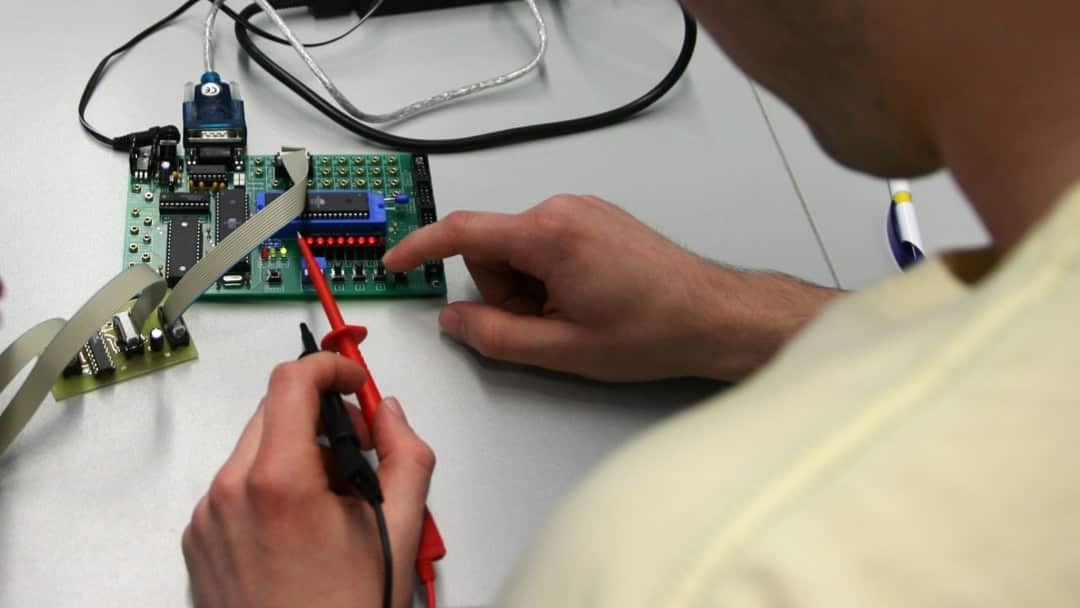What Are The Applications Of Electrical Engineering In The Field Of Robotics?

In the world of technology, few industries are growing as rapidly as robotics. Robotics engineering is the study of robots, including their design, construction, and programming, with the ultimate goal of creating machines that can perform tasks autonomously, without the need for human intervention.
Robotics engineering is an interdisciplinary field, drawing from areas such as mechanical engineering, electrical engineering, and computer science. A robotics engineer must have a solid foundation in all of these areas, as well as a strong understanding of mathematics and physics.
The first step in robotics engineering is the design of the robot itself. This involves deciding what tasks the robot will be designed to perform, as well as determining the robot's physical structure and the materials that will be used to construct it.
Once the robot's design has been finalized, the next step is to build it. This typically involves the use of specialized tools and techniques, as well as a thorough understanding of the robot's design and construction specifications.
Once the robot has been built, the next step is to program it. This involves writing code that will instruct the robot on how to perform its tasks, as well as how to sense and respond to its environment.
Programming a robot can be a complex and challenging task, as it requires a thorough understanding of the robot's sensors and actuators, as well as a strong understanding of programming languages and algorithms. However, with the right training and experience, anyone can learn to program a robot.
One of the key challenges in robotics engineering is creating robots that can operate autonomously, without the need for human intervention. To achieve this, robotics engineers need to develop robots that can sense and respond to their environment in real-time, making decisions based on the data they collect.
One of the key technologies used in robotics engineering is artificial intelligence (AI). AI algorithms can be used to teach robots to learn from the data they collect, allowing them to adapt and improve their performance over time.
Another key technology used in robotics engineering is machine learning. Machine learning algorithms can be used to train robots to recognize patterns in their environment, making it easier for them to perform their tasks autonomously.
One of the most exciting areas of robotics engineering is the development of robots that can work alongside humans in a wide range of settings. For example, robots are being developed that can assist with everything from manufacturing and construction to healthcare and service industries.
Robots that can work alongside humans are typically equipped with a wide range of sensors that allow them to sense and respond to their environment in real-time. They are also programmed with a range of safety features to ensure that they do not cause harm to humans.
One of the key challenges in the development of collaborative robots is creating robots that can interpret human gestures and movements. This requires sophisticated computer vision algorithms that can accurately interpret human body language and identify complex patterns in real-time.
In conclusion, robotics engineering is a rapidly growing field with enormous potential for innovation and creative problem-solving. As robots become increasingly sophisticated, they will revolutionize industries and transform the way we live and work. If you're interested in a career in robotics engineering, there's never been a better time to get started.
Post a Comment for "What Are The Applications Of Electrical Engineering In The Field Of Robotics?"